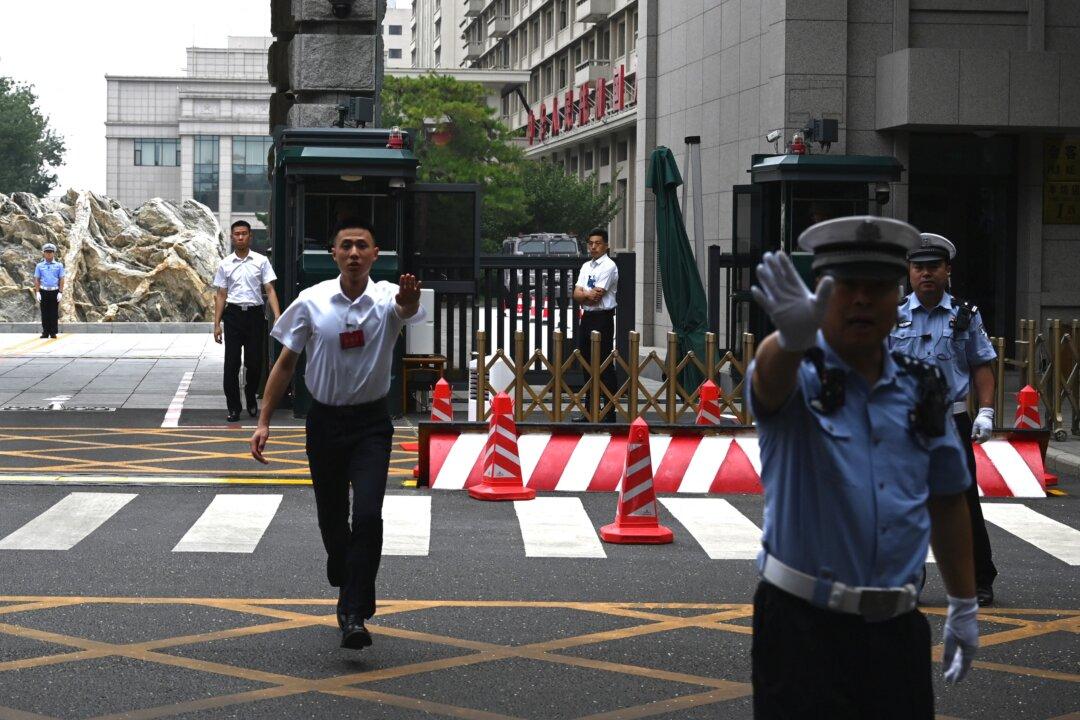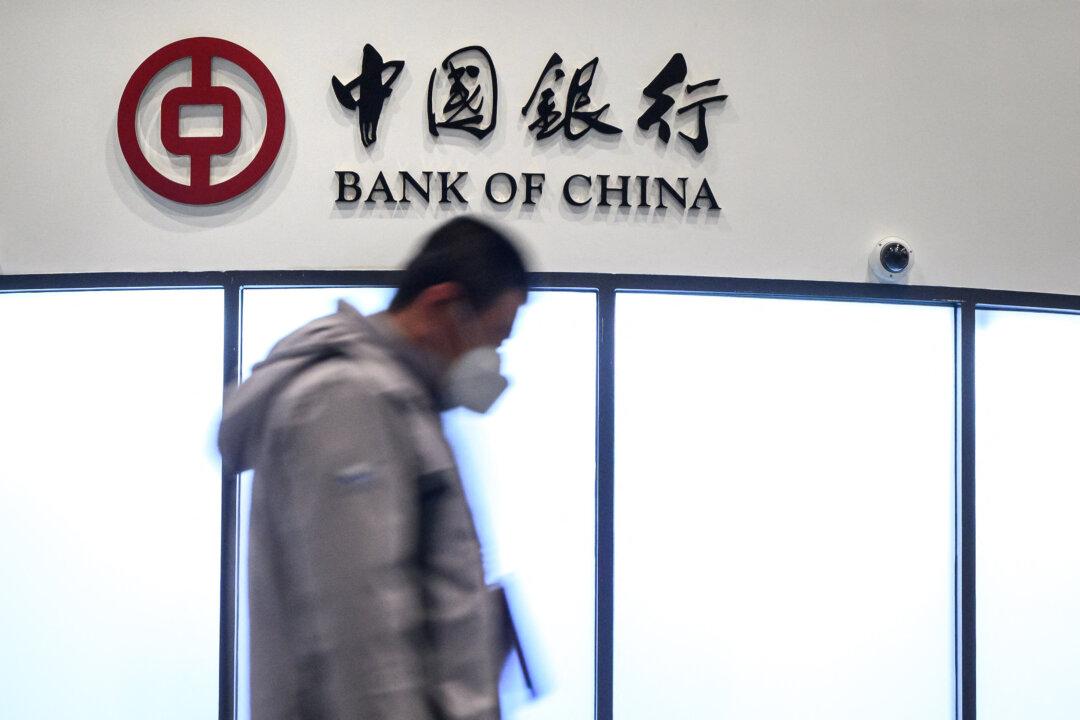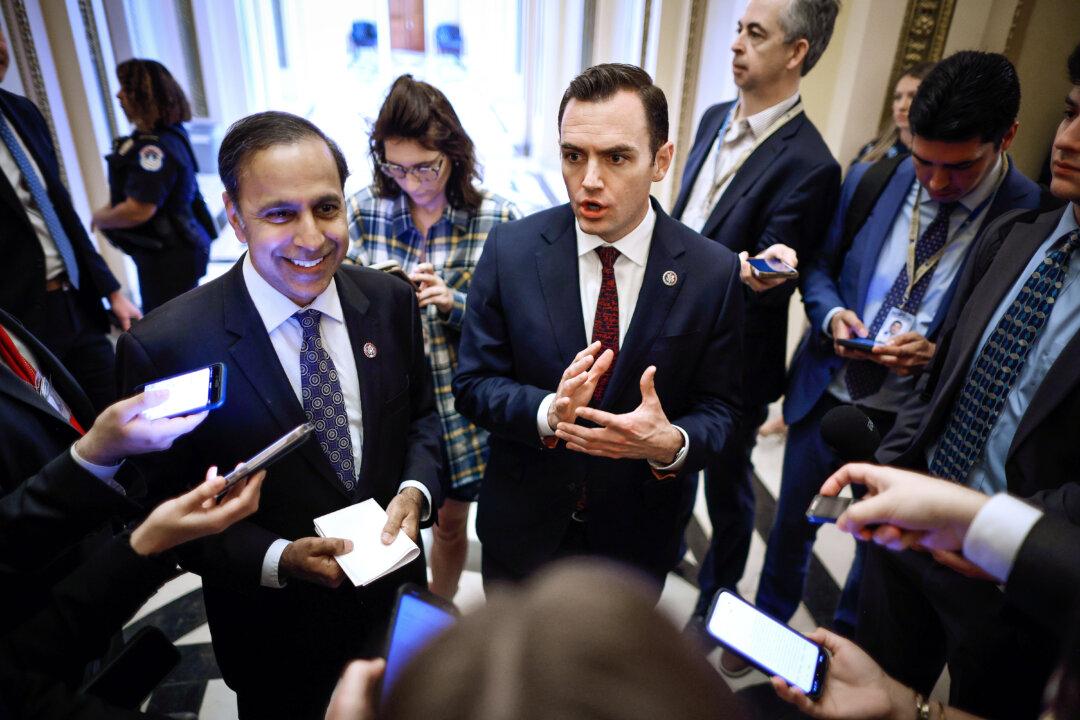The Beijing Auto Show, which begins April 25, will witness a skirmish between foreign and domestic automakers aiming to capture consumer interest amidst a downbeat growth climate for the industry.
Beijing alternates with Shanghai to host China’s flagship annual auto show. Merely five years ago, the 2011 Beijing Motor Show was an afterthought for foreign automakers as only a handful participated and Japanese car manufacturers unveiled no new models there.
Today China is the world’s biggest automobile market, and its Motor Show has gained the same significance as annual industry events in Detroit, Geneva, and Tokyo. It’s also a window into China’s massive—yet bizarrely fragmented—car market, with foreign sports cars showcased next to their Chinese copycat doppelgangers.
This year, global automakers reserved some of their biggest launches for Beijing. The pomp and circumstance underscores both China’s importance to automakers as well as the pressure of acquiring market share in an increasingly downbeat growth environment.
China is the biggest market for General Motors, which sold 3.6 million vehicles there last year, a 5.2 percent increase. Mercedes-Benz—which lags behind its German rivals BMW and Audi in China—sold 373,459 vehicles there last year, a 33 percent increase from 2014. Toyota’s luxury division Lexus saw its China sales jump 14 percent to 88,500 in 2015, becoming the brand’s second biggest market after the United States.
Major debuts in Beijing this year include the Acura CDX subcompact crossover, Citroen C6 (China-only), Infiniti QX Sport SUV concept, 2017 Lexus IS, Mazda CX-4 wagon, Porsche 718 Cayman, and a new Volkswagen Touareg concept.
Battle of SUVs
SUVs have become a bright spot in 2016 for the Chinese auto industry. Sales of SUVs soared 52 percent last year and helped drive overall car sales gains in March after a muted January-February period.






